Medication Overuse Headache Risk Calculator
Medication Overuse Headache Risk Assessment
Enter your medication usage to check if you're at risk for medication overuse headache (MOH). Based on guidelines from the International Headache Society.
Ever taken a painkiller so often that it seems to create more pain than it eases? That paradox is the hallmark of a medication overuse headache (medication overuse headache), a condition where the very drugs meant to stop headaches end up causing them almost daily. Below you’ll learn how to spot this cycle, which meds are the biggest culprits, and practical steps to break free.
What Is Medication Overuse Headache?
Medication Overuse Headache (MOH) is defined by the International Headache Society as a chronic headache occurring on 15 or more days per month for over three months while regularly overusing acute headache medication. It was officially recognized in the ICHD‑3 guide in 2018, although clinicians have been describing “rebound headaches” since Dr. Seymour Kuttner’s 1982 paper.
Who Is Most Affected?
MOH isn’t rare-about 1-2 % of the general population lives with it, and women make up 70-80 % of cases. People who already have migraine (≈12 % of U.S. adults) or tension‑type headache (≈38 % globally) are especially vulnerable because they tend to reach for medication more often.
Which Drugs Can Trigger MOH?
Not all pain relievers carry the same risk. Below is a quick risk‑ranking based on current guidelines:
- Opioids (oxycodone, hydrocodone, tramadol) - overuse risk after just 10 days/month.
- Butalbital‑containing combos (Butapap, Lanorinal) - also 10‑day threshold.
- Triptans (Imitrex, Zomig) - risk begins at ≥10 days/month.
- Combination analgesics with caffeine/acetaminophen/aspirin (e.g., Excedrin) - moderate risk; overuse defined as ≥15 days/month.
- Simple NSAIDs (ibuprofen, naproxen) - lower risk unless daily doses exceed 1,200 mg (ibuprofen) or 660 mg (naproxen) and are taken ≥15 days/month.
Newer acute migraine treatments called gepants (ubrogepant, rimegepant, zavegepant) appear not to cause MOH, making them attractive alternatives.
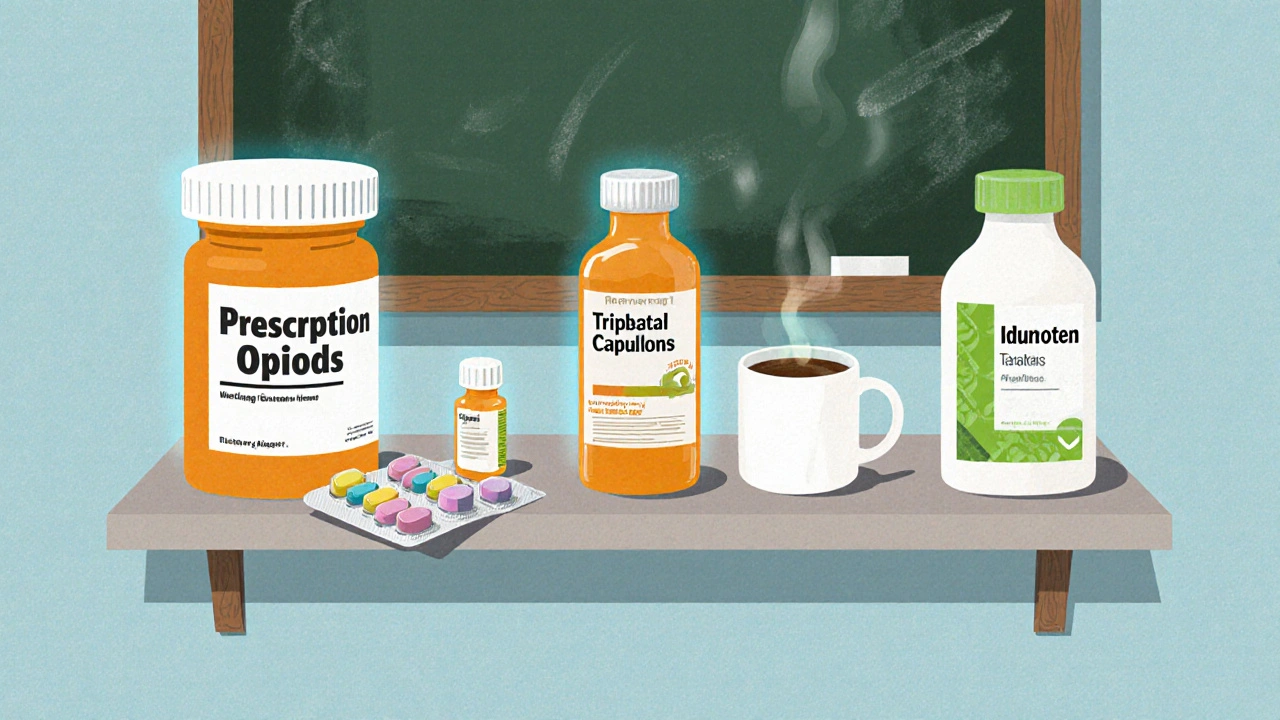
How Do Doctors Diagnose MOH?
The diagnosis rests on three pillars:
- Headache frequency ≥15 days per month for >3 months.
- Regular use of an acute medication that meets the overuse thresholds listed above.
- Evidence that the headache improves after stopping the overused drug.
Keeping a headache diary for at least four weeks-recording headache days, medication taken, and dose-helps both patient and clinician see the pattern clearly.
Getting Off the Medication: Withdrawal Strategies
The first step is to stop the offending drug. For most NSAIDs, an abrupt halt works fine. Opioids and butalbital‑containing meds usually need a taper to prevent severe withdrawal (nausea, vomiting, low blood pressure, and a spike in headache intensity). A typical taper might reduce the dose by 10 % every 2-3 days under medical supervision.
Withdrawal usually lasts 2-4 weeks, and during this “rebound week” rescue medication should be limited to non‑overused agents (e.g., a short course of a gepant or a low‑dose triptan used no more than two days a week).
Managing Withdrawal Symptoms
About 68 % of patients experience nausea, 42 % vomit, and nearly all (92 %) feel worsened headaches during withdrawal. Simple measures can ease the ride:
- Stay hydrated - aim for 2-3 L of water daily.
- Eat small, frequent meals to calm nausea.
- Use anti‑emetic medication (e.g., ondansetron) prescribed by your doctor.
- Rest in a dark, quiet room during peak headache periods.
- Consider short‑term corticosteroids (e.g., prednisone taper) for severe rebound, as suggested by the Mayo Clinic.
If symptoms become unmanageable, an inpatient program may be recommended, especially for opioid‑dependent patients.
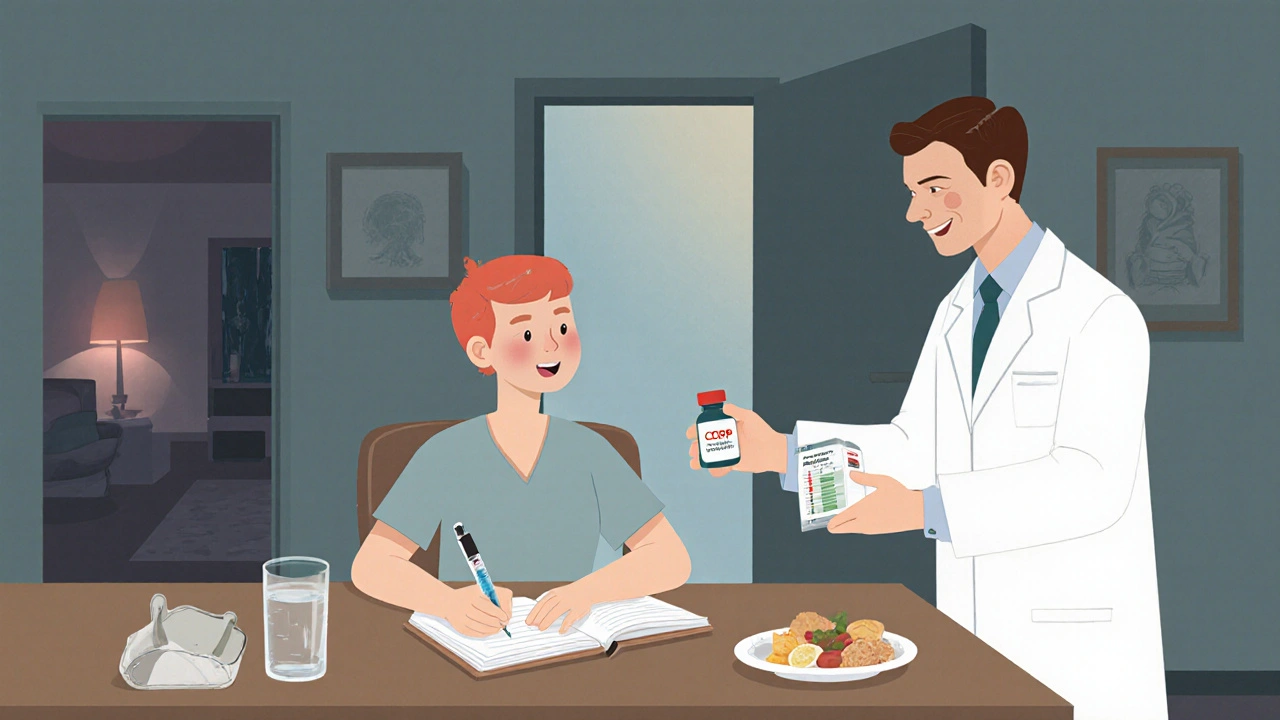
Preventive Therapy After Withdrawal
Once the overused drug is out of the picture, the next goal is to prevent the underlying headache disorder from flaring again. Evidence‑based options include:
- Topiramate - 40-100 mg daily, reduces migraine days in about 50 % of patients.
- Propranolol - 80-160 mg daily, useful for tension‑type headaches.
- CGRP monoclonal antibodies (erenumab/Aimovig) - monthly injection, 50-60 % efficacy in chronic migraine.
- Gepants used preventively (e.g., atogepant/Qulipta) - newly FDA‑approved (2024) for chronic migraine, shown to lower headache days without overuse risk.
Starting preventive therapy right when withdrawal begins cuts relapse risk sharply; studies show a 78 % relapse rate when prevention is delayed.
Key Takeaways
- MOH occurs when acute headache meds are used ≥10-15 days/month for >3 months.
- Opioids, butalbital combos, and triptans have the highest overuse risk.
- Diagnosis relies on headache frequency, medication overuse, and improvement after cessation.
- Withdrawal may need tapering for opioids and butalbital; expect 2-4 weeks of rebound symptoms.
- Preventive treatments (topiramate, propranolol, CGRP antibodies, gepants) are essential to keep headaches at bay.
Frequently Asked Questions
How long does it take for a medication overuse headache to improve after stopping the drug?
Most people notice a steady decline in headache days within 4-6 weeks, though complete resolution can take up to three months depending on the underlying condition and how strictly the overused medication is avoided.
Can I use ibuprofen for occasional pain while I’m in withdrawal?
Yes, but keep it under the recommended limit (≤10 days/month according to the European Headache Federation) and never exceed 1,200 mg per day. Exceeding those limits can restart the overuse cycle.
What if I feel severe withdrawal symptoms?
Contact your doctor right away. They may prescribe anti‑emetics, a short steroid taper, or arrange an inpatient stay for close monitoring, especially if you were using high‑dose opioids.
Are gepants safe for people with a history of MOH?
Clinical trials (2021‑2022) showed gepants do not trigger medication overuse headaches, making them a good acute‑treatment choice for patients prone to MOH.
Do I need a headache diary if I’m already on preventive medication?
Keeping a diary is still valuable. It helps fine‑tune preventive doses, catches any hidden overuse, and provides concrete data for follow‑up visits.
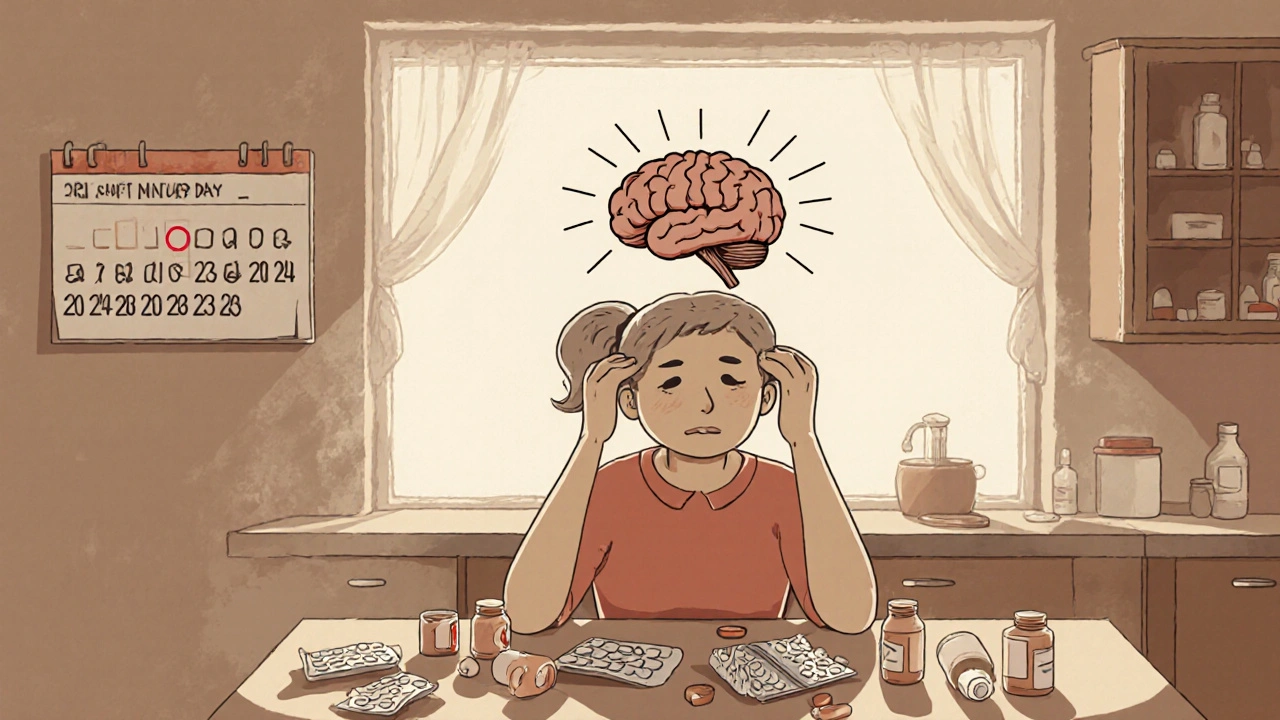
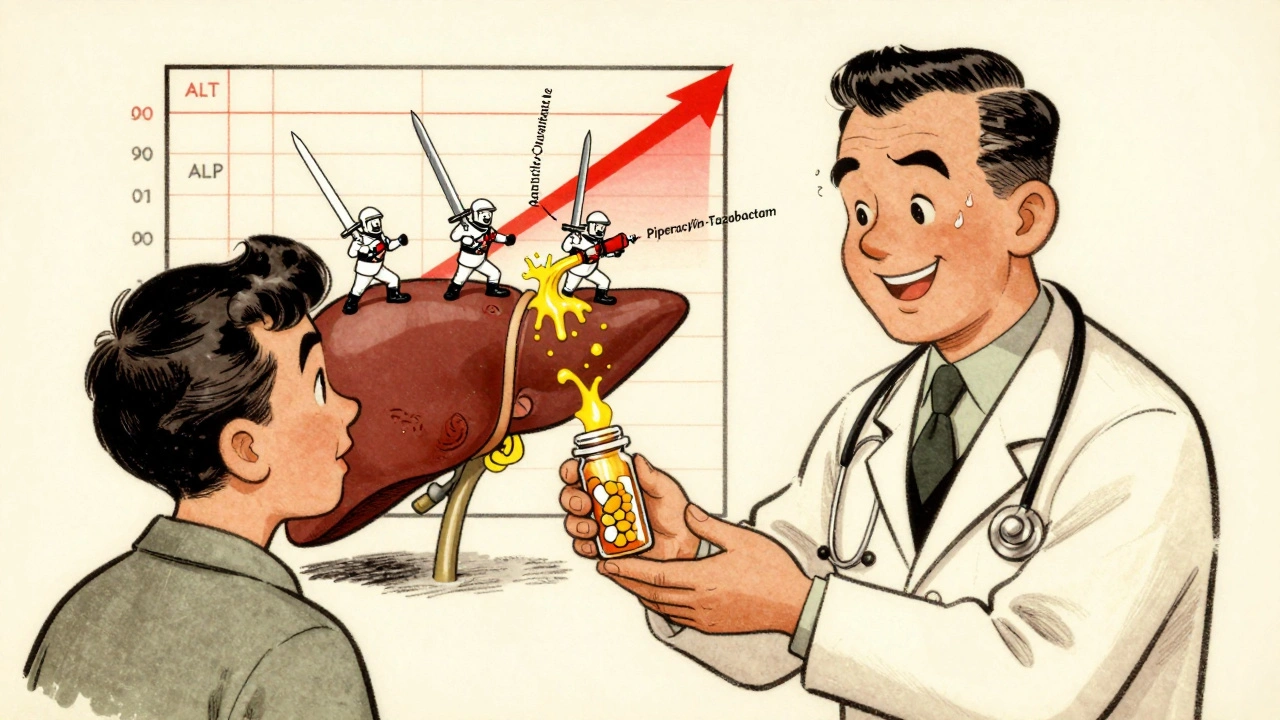
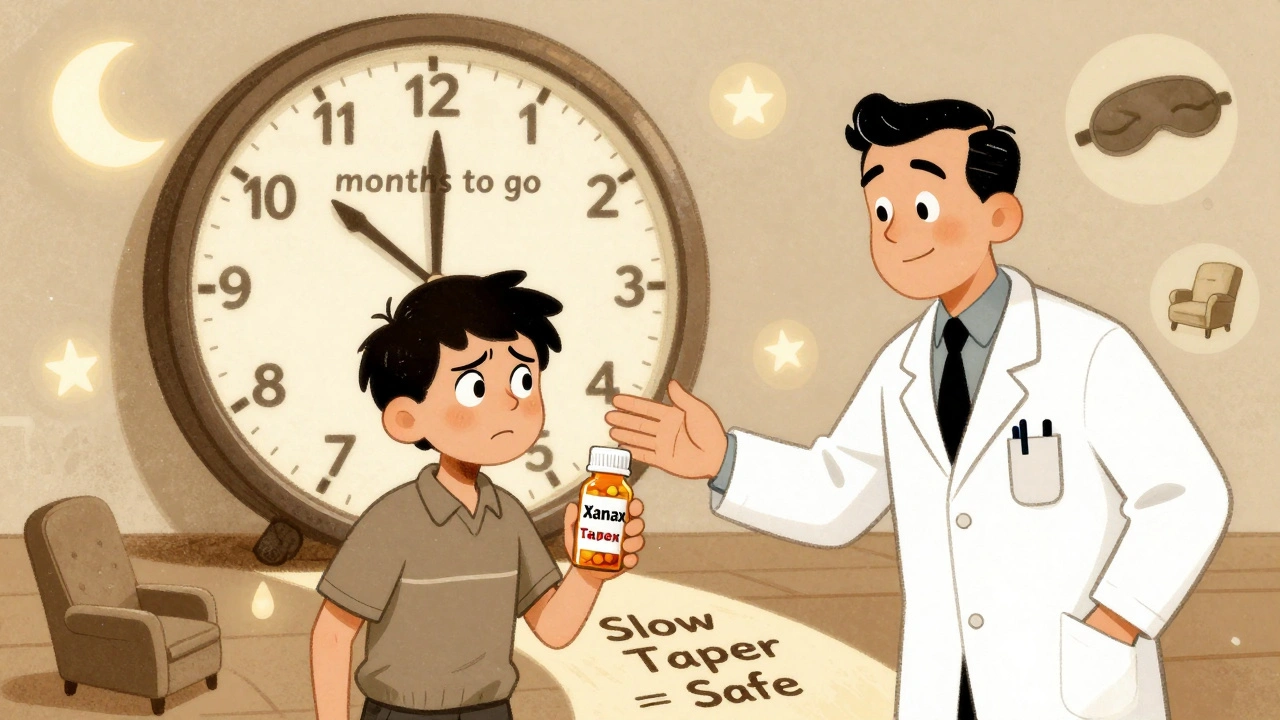
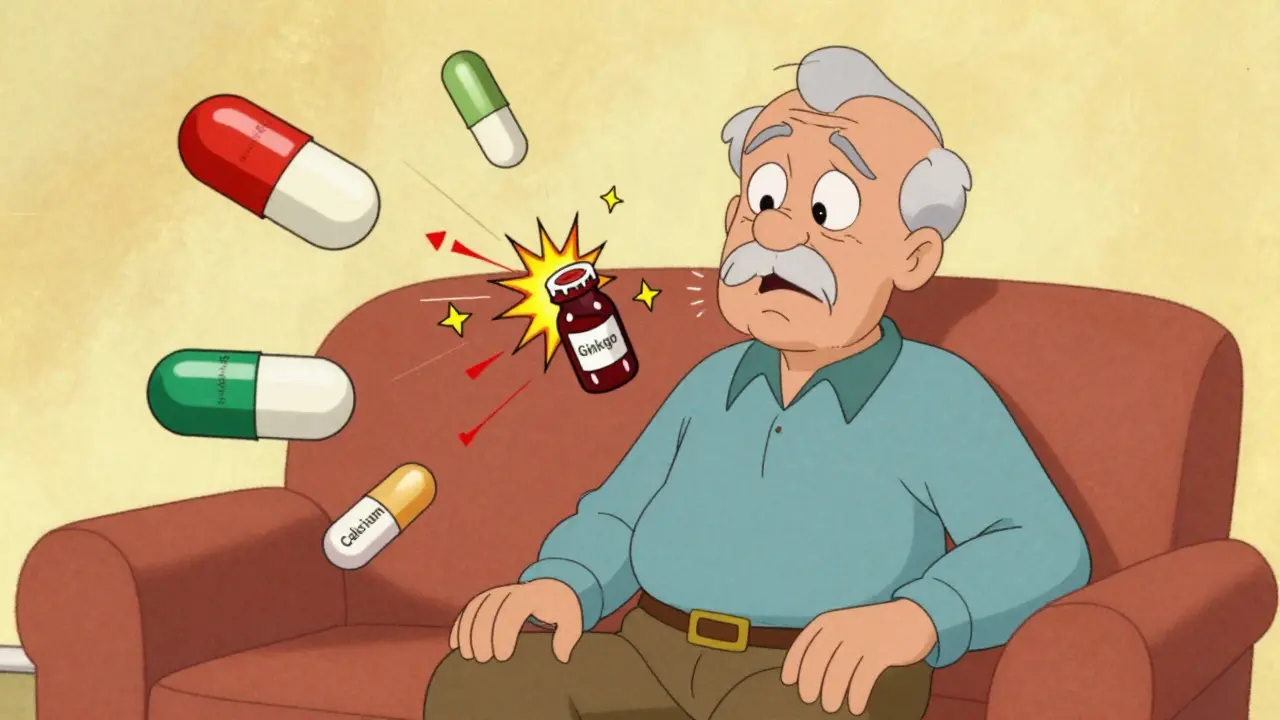
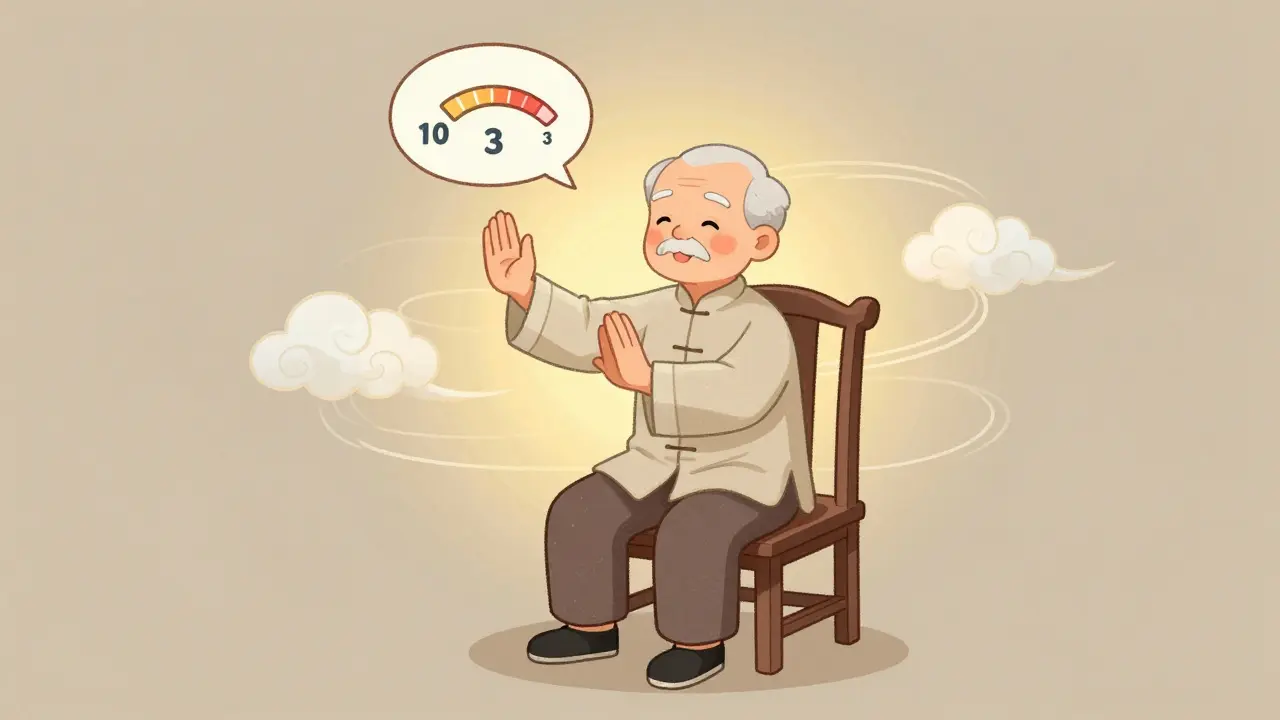
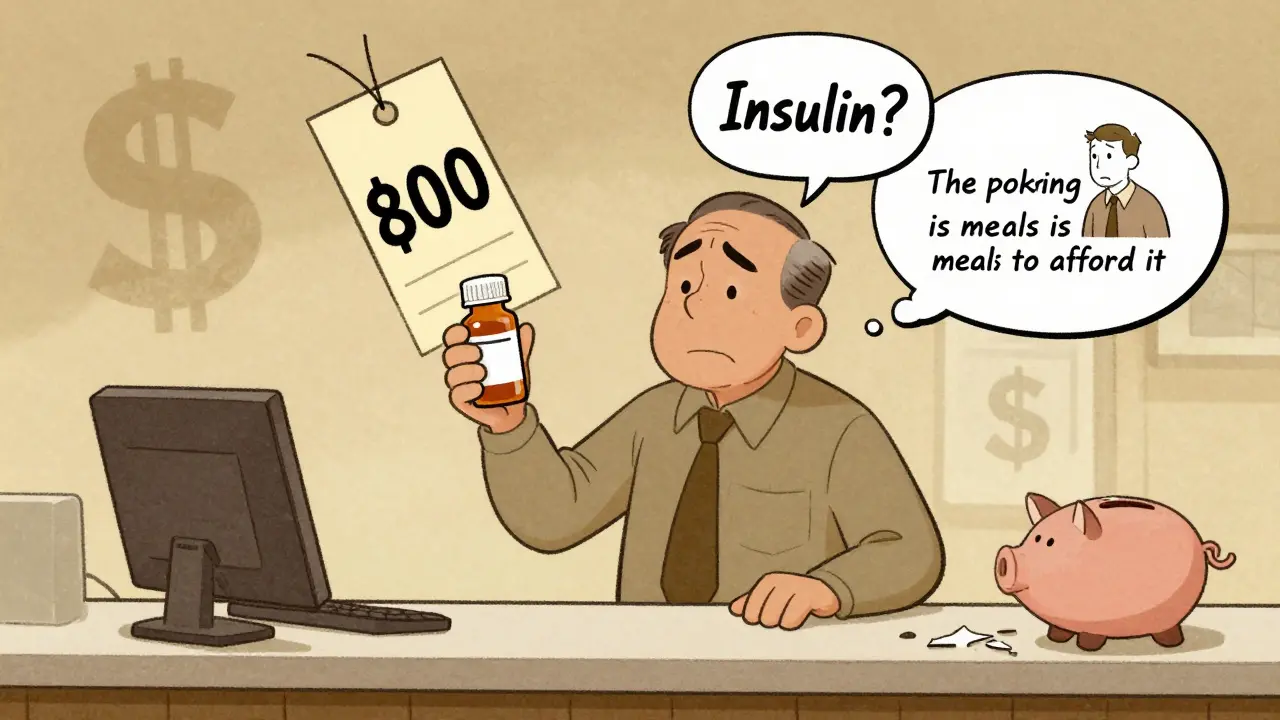
Benjamin Sequeira benavente
October 24, 2025 AT 19:35Stop counting the pills and start counting the days you’re pain‑free – that’s the first win. Grab a notebook, write down every headache and every dose, and you’ll see the pattern fast. I’ll bet you’ll notice the overuse within a week, and then you can cut it out cold.
Be relentless, you’ve got this.
Abhinav B.
October 30, 2025 AT 13:28In many parts of India we see patients mixing herbal concoctions with triptans, which can sneak into the overuse count. It’s important to keep every remedy in the same diary, even the ones you think are “natural”. The guidelines reccomend logging everything so you don’t miss hidden triggers.
Lisa Woodcock
November 5, 2025 AT 08:21I get how scary it feels to think the meds you rely on might be hurting you. When you notice the headache days climbing, pause and write a simple log – date, pain level, and what you took. That honest record often shows the overuse curve and lets you talk to your doc with confidence.
Sarah Keller
November 11, 2025 AT 03:15Medication overuse headaches are a classic example of the body’s feedback loop turning against us, and breaking that loop requires both knowledge and discipline. The first pillar is awareness: you must admit that a medication that once brought relief is now part of the problem. Keep a meticulous headache diary for at least four weeks, noting every ache, its intensity, and every pill you pop, even the over‑the‑counter ones. Once the pattern emerges – typically ten to fifteen days a month of acute drug use – you’re ready to act. The second pillar is cessation; for most NSAIDs an abrupt stop works, but for opioids or butalbital combos you’ll need a carefully supervised taper, usually reducing the dose by ten percent every two to three days. During the taper, expect a rebound phase that can last two to four weeks, and know that nausea, vomiting, and a spike in headache severity are common but temporary. To soothe those symptoms, stay well‑hydrated, snack frequently, and use prescribed anti‑emetics like ondansetron if needed. A short course of corticosteroids, such as a prednisone taper, can blunt the worst of the rebound, as supported by Mayo Clinic protocols. If the rebound feels unmanageable, an inpatient detox program can provide round‑the‑clock monitoring, especially for heavy opioid users. Parallel to withdrawal, introduce a preventive strategy as soon as possible; evidence shows that starting topiramate, propranolol, CGRP monoclonal antibodies, or the newer gepants within the first week cuts relapse risk dramatically. The preventive agent you choose should match your underlying headache type – migraine responders often thrive on CGRP antibodies or gepants, while tension‑type sufferers may benefit more from propranolol. Remember to keep your preventive dose low at first and titrate up slowly, monitoring for side‑effects. Regular follow‑up visits every four to six weeks allow you and your clinician to fine‑tune the regimen based on diary data. The ultimate goal is a sustainable reduction in headache days to fewer than fifteen per month, at which point the risk of re‑overuse diminishes. Celebrate each milestone – the first headache‑free week, the first month without rescue meds – because positive reinforcement cements the new habit. In short, awareness, disciplined withdrawal, supportive symptom management, and timely preventive therapy together form the roadmap out of medication overuse headaches.
Veronica Appleton
November 16, 2025 AT 22:08Track every dose write down the day the pain hits and note the med you used this helps you and the doctor see the pattern and stop the cycle quickly.
ram kumar
November 22, 2025 AT 17:01Wow another post glorifying pills while the real crisis rots in plain sight – the pharma giants love to keep us chained to their endless scripts, yet they never mention the hollow victory of a life ruled by rebound throbs.
Deborah Galloway
November 28, 2025 AT 11:55Hey there, I’ve been where you are and the worst part is feeling trapped. The good news is you’re not alone and there are proven steps to get off the meds safely. Keep a diary, talk to a neurologist, and don’t be afraid to ask for a taper plan – it really works.
Charlie Stillwell
December 4, 2025 AT 06:48Initiating a structured withdrawal protocol is quintessential for mitigating iatrogenic rebound phenomena 🚀. Implementing a taper schedule with a decremental factor of 0.1 per interval optimizes pharmacodynamic homeostasis while minimizing withdrawal‑induced hyperalgesia 😊. Adjunctive anti‑emetic therapy and short‑term glucocorticoids serve as ancillary safeguards.
krishna chegireddy
December 10, 2025 AT 01:41They don’t want you to know that the “new” gepants are just a way to keep you buying more drugs – the same companies that pushed opioids are now pushing these as “safe”. Keep your eyes open and don’t fall for the hype.
Tamara Schäfer
December 15, 2025 AT 20:35It’s amazing how a simple habit change can turn a nightmare into a manageable routine – start with a tiny step like a 1‑day med‑free trial and watch the confidence grow. You’ll be surprised at how quickly your body adapts!
Tamara Tioran-Harrison
December 21, 2025 AT 15:28My dear interlocutor, it is profoundly enlightening to witness yet another exposition on the perils of over‑medication, as though the concept were some clandestine revelation unveiled for the first time. One might suggest a modest perusal of existing medical literature before reinventing the wheel. :)